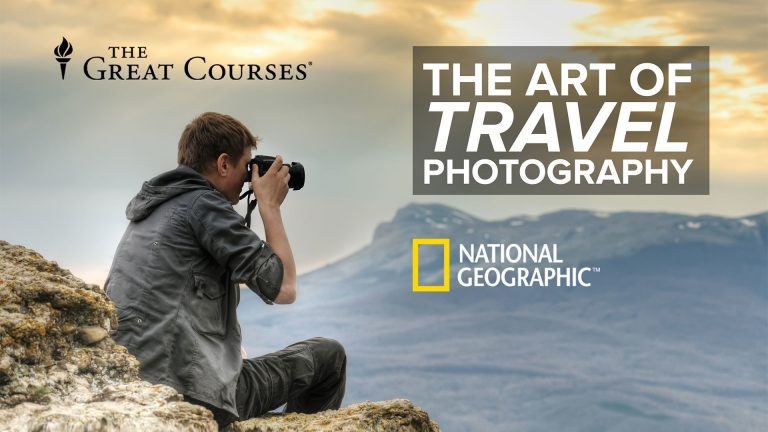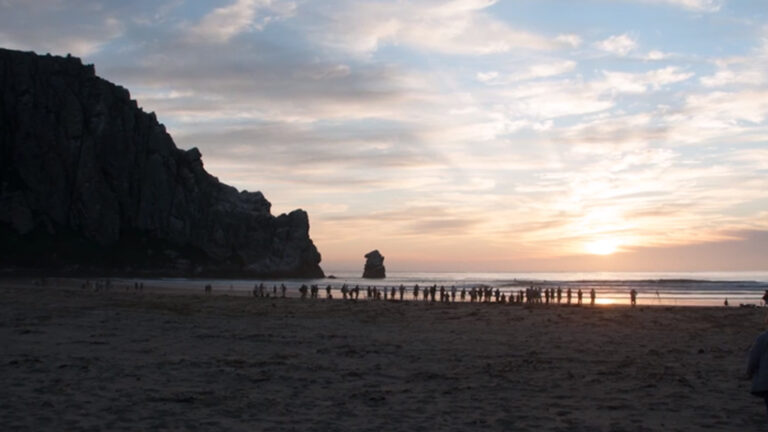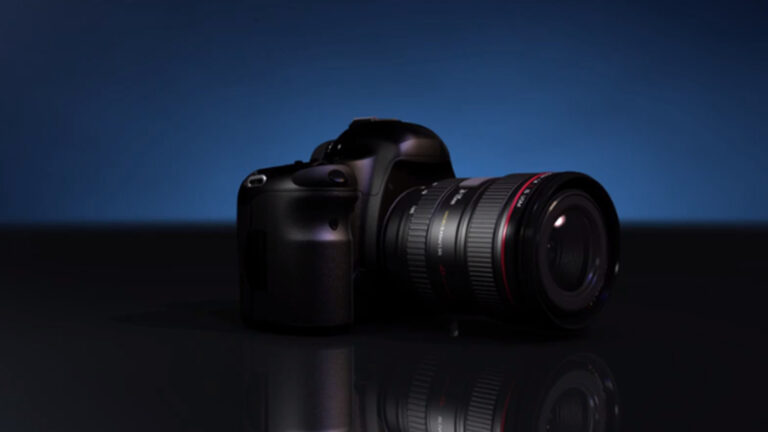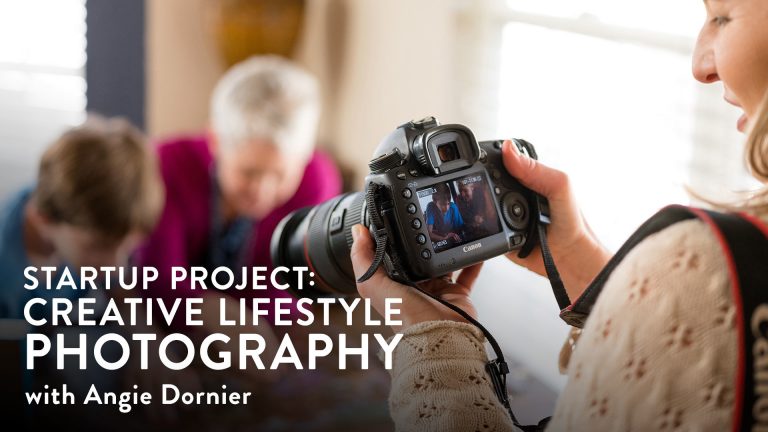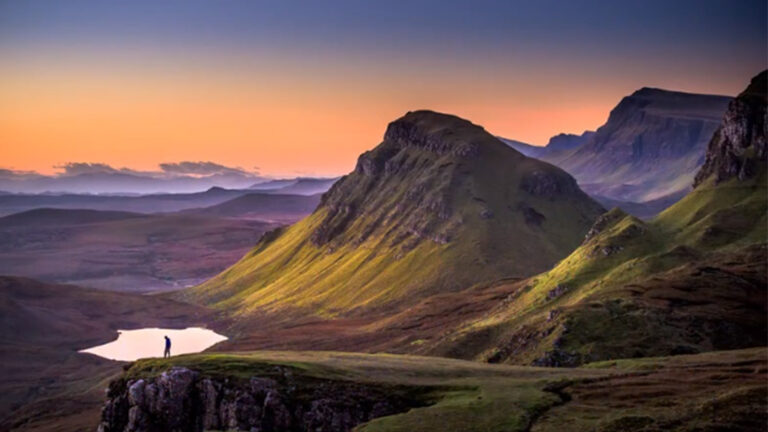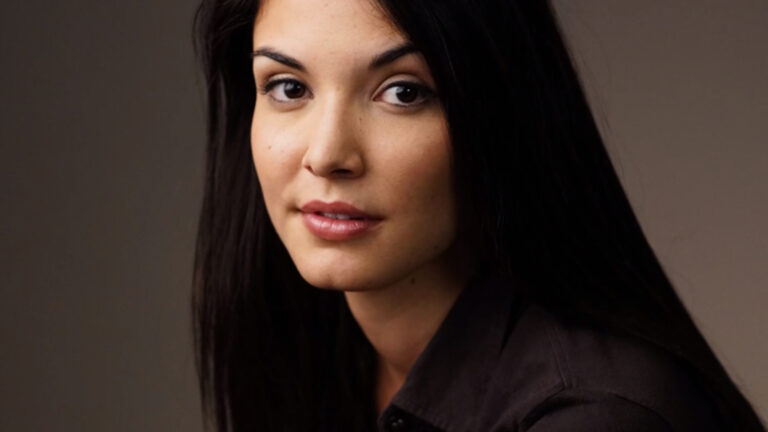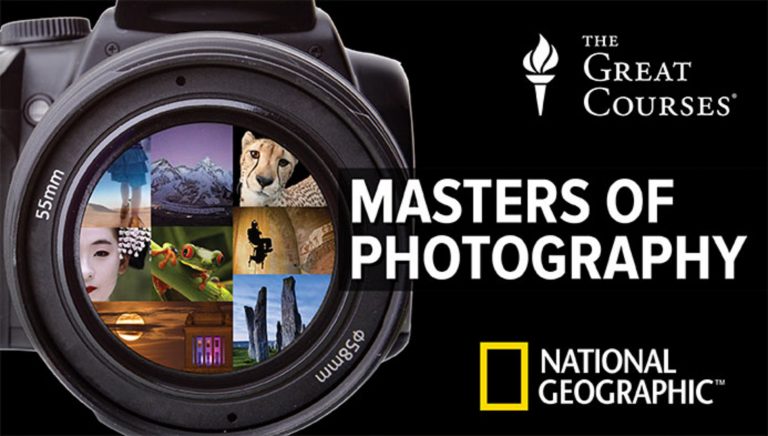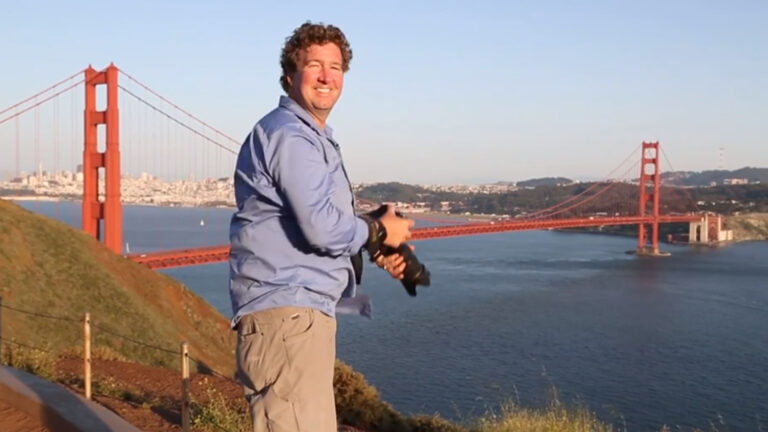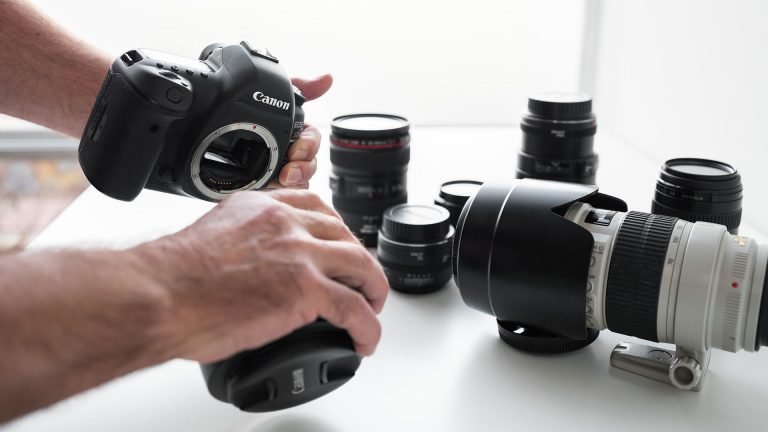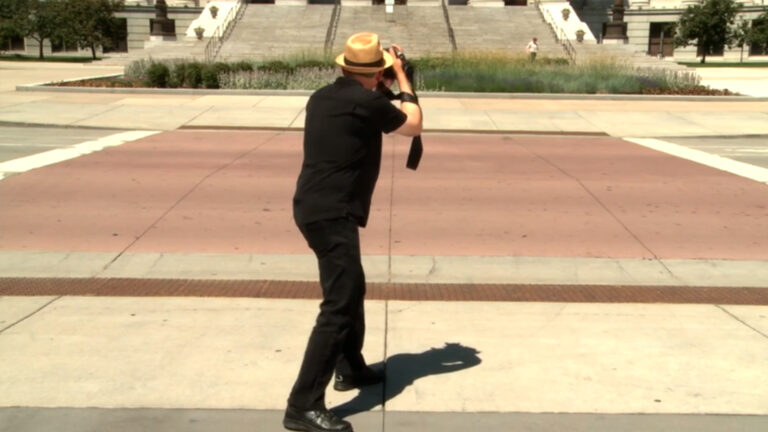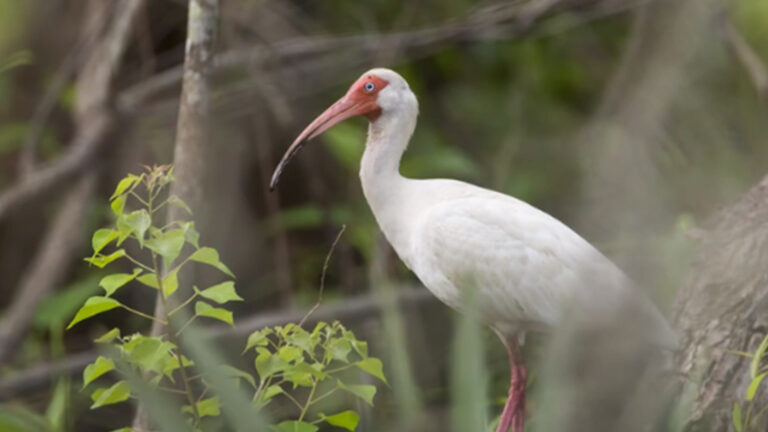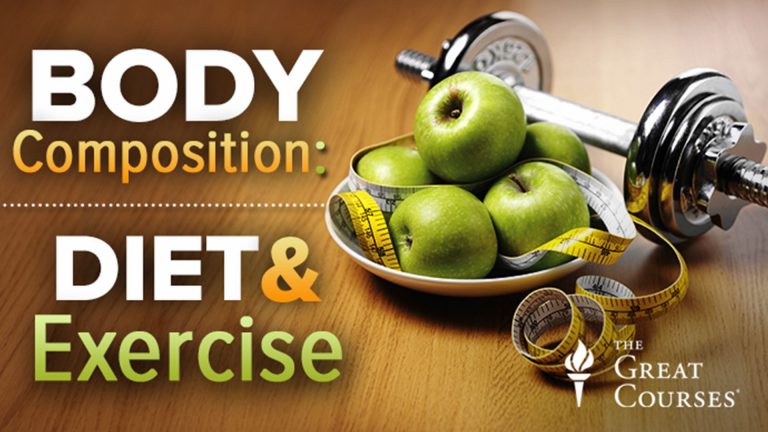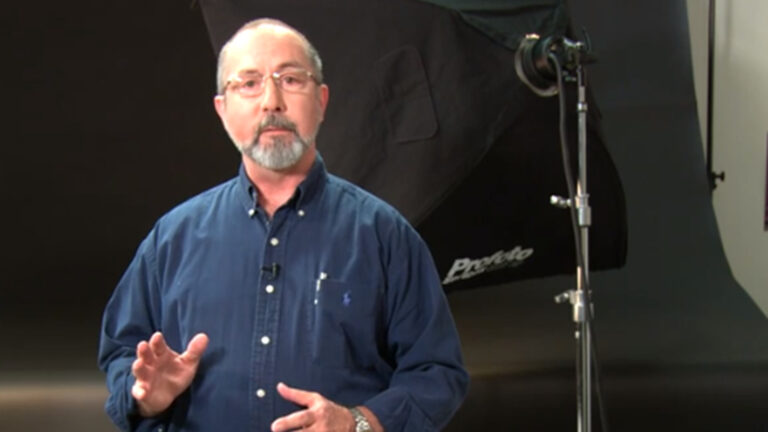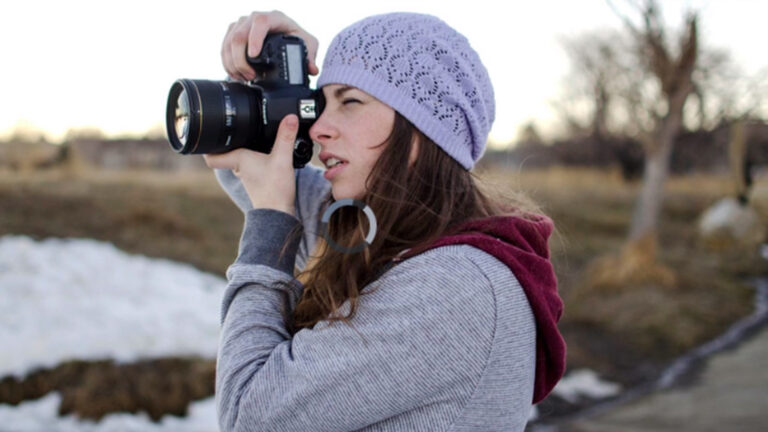
Fundamentals of Photography
Joel Sartore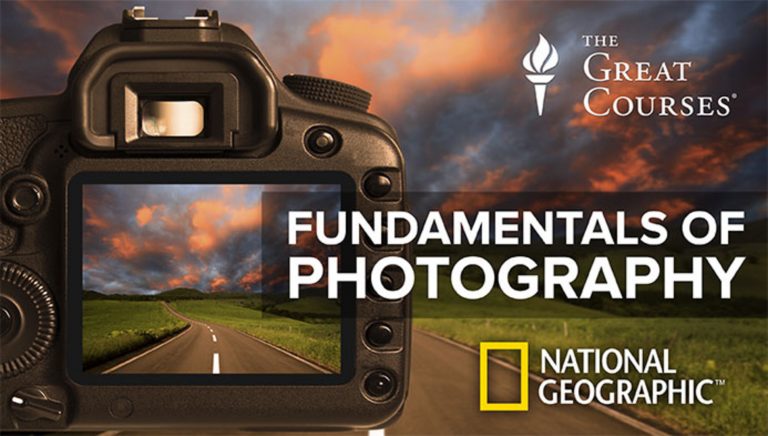
- In-depth Instruction; over 756 mins
- On-demand video access anytime
- Bonus downloadable PDF resources
- Access to class Q&A
- Available for purchase: $234.95

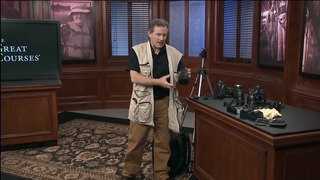

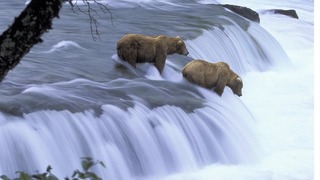



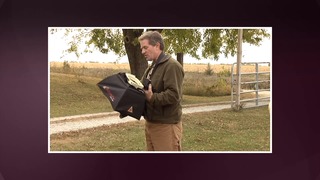




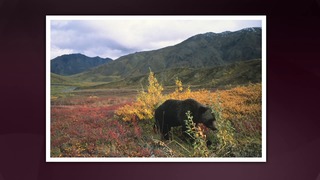
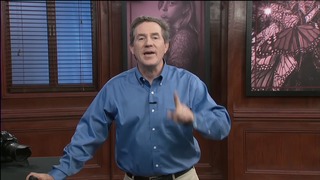

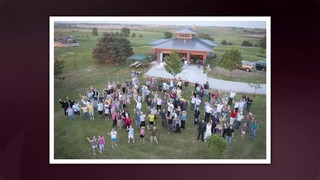

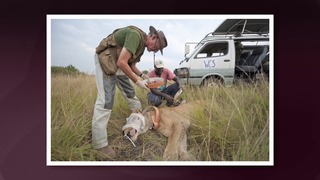
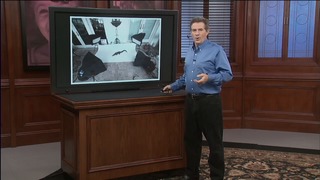

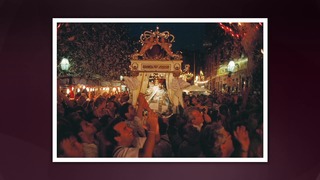


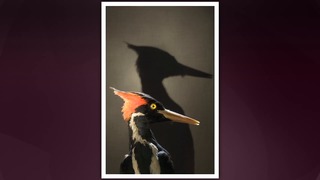
When many of us take photographs, we simply point our cameras and click. In reality, taking great photographs means viewing the world like a photographer and using the same fundamental techniques the experts employ. Join Joel Sartore, a National Geographic photographer with more than 30 years of experience, and learn the essential skills you need to capture great photographs every day. During class, Joel will guide you through essential camera settings including focal length and shutter speed and teach you how to make the most of a variety of types of light. Then, you’ll discover the steps to beautiful photo composition as you explore skills for framing, finding the perfect background, capturing the right perspective and more. Want to be ready to shoot in any setting? Joel will walk you through capturing a variety of situations, from landscapes to birds in your backyard to people at parties. Plus, you’ll get great tips to help with your editing workflow after shooting!
Joel Sartore
Joel Sartore is a professional photographer and a regular contributor to National Geographic magazine. His assignments have taken him to some of the world's most beautiful and challenging environments. Recently, Joel was named a National Geographic Fellow for his work on The Photo Ark, a multi-year project documenting the world's biodiversity. In addition to his work for National Geographic, he has contributed to a variety of widely read publications, including Time, Life, Newsweek and Sports Illustrated. A noted author and worldwide lecturer on photography, Joel has written several books that highlight his craft and work, including RARE: Portraits of America's Endangered Species.

Bonus materials available after purchase
What is the “Purchase” option all about?
If I’m a paid Premium or Gold Member of Craftsy, do I need to purchase the Class to have access?
How do I know what the Class covers?
Do I have to be a Member of Craftsy to purchase a Class?
How do I “Purchase-to-Own” a Class?
How do I access/view my Class?
Is there a limit on the times I can view my Class?
Can I view a Class on my tablet device or mobile phone?
How do I get access to the Bonus Materials for the Class?
How does the Class Discussion benefit work?
Can I print out Class Bonus Materials?
Are there any system requirements to view the Class video content?
Can I get a refund if I don’t like the Class?
Premium Membership
Unlock exclusive member content from our industry experts.
- 24/7 Access to Over 2,000 Premium Classes and Hundreds of Instructional Videos Across 20+ Categories
- Extensive Library of Downloadable Patterns and Recipes
- Stream and Download Classes Anywhere with the Craftsy App
- Share Your Membership with up to 3 Friends or Family Members
- Access to Ask the Expert Program
- Admission to Exclusive LIVE Streaming Virtual Events
Unlock exclusive member content from our industry experts.
- 24/7 Access to Over 2,000 Premium Classes and Hundreds of Instructional Videos Across 20+ Categories
- Extensive Library of Downloadable Patterns and Recipes
- Stream and Download Classes Anywhere with the Craftsy App
- Share Your Membership with up to 3 Friends or Family Members
- 2 Full-Length Classes to Keep in Your Account for Life
- Access to Ask the Expert Program
- Admission to Exclusive LIVE Streaming Virtual Events
Gold Membership
$449 Value
Get everything included in Premium plus exclusive Gold Membership benefits.
- 24/7 Access to Over 2,000 Premium Classes and Hundreds of Instructional Videos Across 20+ Categories
- Extensive Library of Downloadable Patterns and Recipes
- Stream and Download Classes Anywhere with the Craftsy App
- Share your Membership with up to 3 friends or family members
- 8 Full-Length Classes of Your Choice to Keep in Your Account for Life
- 10 Patterns, Guides, or Recipes of Your choice to Download to Your Devices
- 20% off Purchase-to-Own Classes in the Craftsy Shop (Select Classes Only)
- Access to Ask the Expert Program
- Exclusive GOLD LIVE Virtual Events
Purchase Class
Purchase class and add to your personal library with on-demand video access.
- Enjoy on-demand video access to this content anytime, anywhere for the one-time cost below.
- You won’t lose access, with or without an active current Membership

Fundamentals of Photography
with Joel Sartore

